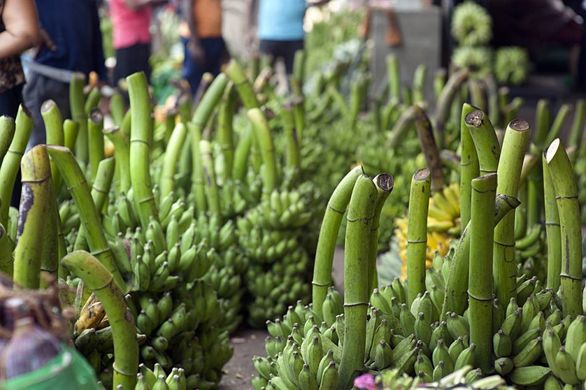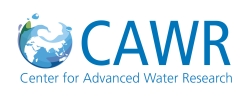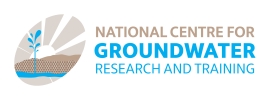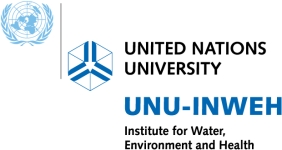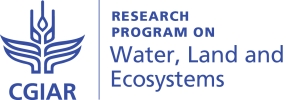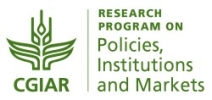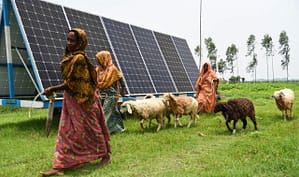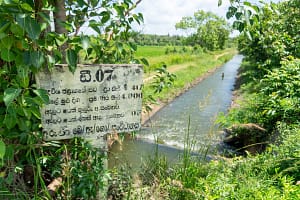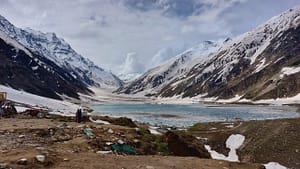Research conducted by the International Water Management Institute (IWMI) and the National Agriculture and Forestry Research Institute (NAFRI) in Lao PDR found that commercial banana farming in northern parts of the country was contaminating soil and water resources, which could lead to potentially detrimental impacts on human health and the environment. NAFRI engaged IWMI to undertake a scientific assessment to quantify pollution levels and make recommendations to steer the Government of Lao PDR towards more sustainable production methods.
Surface water, groundwater, soil and sediment samples collected from the study area during the wet and dry seasons were analyzed for pesticide residues in the laboratory. Results revealed that samples from banana farms had higher concentrations of residues from currently used (CU) pesticides compared with adjacent farms producing maize, rubber, upland rice and gourd. Residues from highly persistent organochlorine (OC) pesticides, such as dichlorodiphenyltrichloroethane, heptachlor, dieldrin and lindane, which are no longer used in Laos, were also detected and some concentrations exceeded the World Health Organization (WHO) drinking water guidelines. Not only are these chemicals highly persistent, they also tend to bioaccumulate, which means that there is a serious risk to people drinking water that is contaminated with these chemicals.
The impact of the research undertaken by IWMI and NAFRI resulted in the Government of Lao PDR implementing a decree that called for banana farming to be ‘green’. This demanded that pesticides should be labeled in the Lao language, with images illustrating hazard level and directions for use; pesticides classified by the Ministry of Agriculture and Forestry as ‘extremely hazardous’ and ‘highly hazardous’ should not be used without special authorization; and children under the age of 15 years and pregnant women should not be involved in applying pesticides. It called for farmers to employ integrated pest management for natural pest control and adopt good agricultural practices, such as maintaining vegetated buffers between fields and waterways to minimize the off-site transport of pesticides.
The new report, Environmental Risks from Pesticide Use: The Case of Commercial Banana Farming in Northern Lao PDR, makes additional recommendations aimed at helping authorities limit contamination from pesticides. These include increasing efforts to eliminate the import and use of the most hazardous and persistent pesticides, creating awareness on the hazards of pesticide use as well as best farming practices through targeted education programs for banana farm company managers and workers, and identifying water resources at high risk of contamination, especially water used for drinking purposes. The study may help set standards for other countries in Asia for more strict use of pesticides.
Citation:
Wentworth, A.; Pavelic, P.; Kongmany, S.; Sotoukee, T.; Sengphaxaiyalath, K.; Phomkeona, K.; Deevanhxay, P.; Chounlamany, V.; Manivong, V. 2021. Environmental risks from pesticide use: the case of commercial banana farming in northern Lao PDR. Colombo, Sri Lanka: International Water Management Institute (IWMI). 66p. (IWMI Research Report 177). doi: https://doi.org/10.5337/2021.207.
Learn more about the policy implications of the study
Sign up for GRIPP news and updates
Sign up for the Call to Action on Global Groundwater Sustainability







